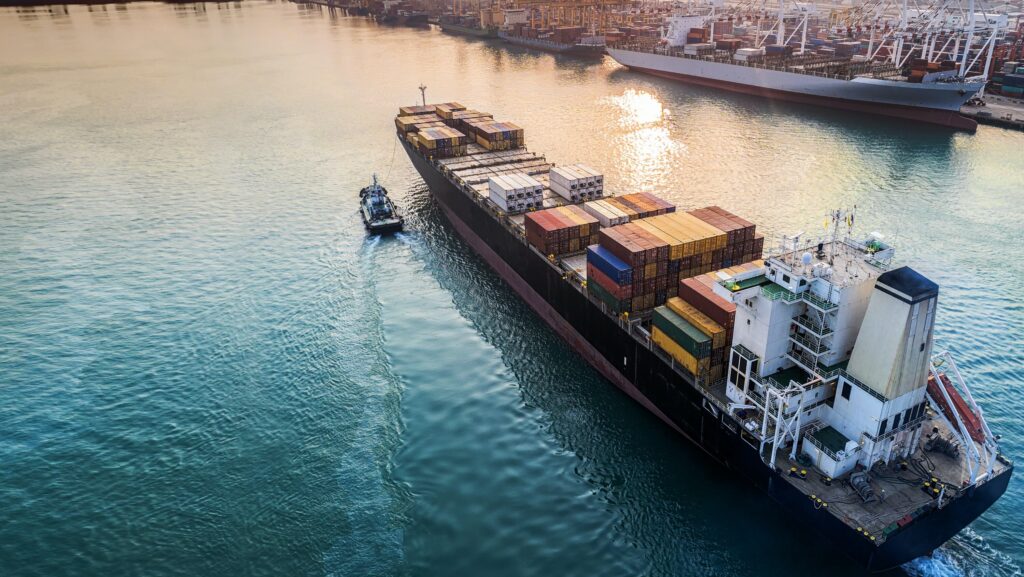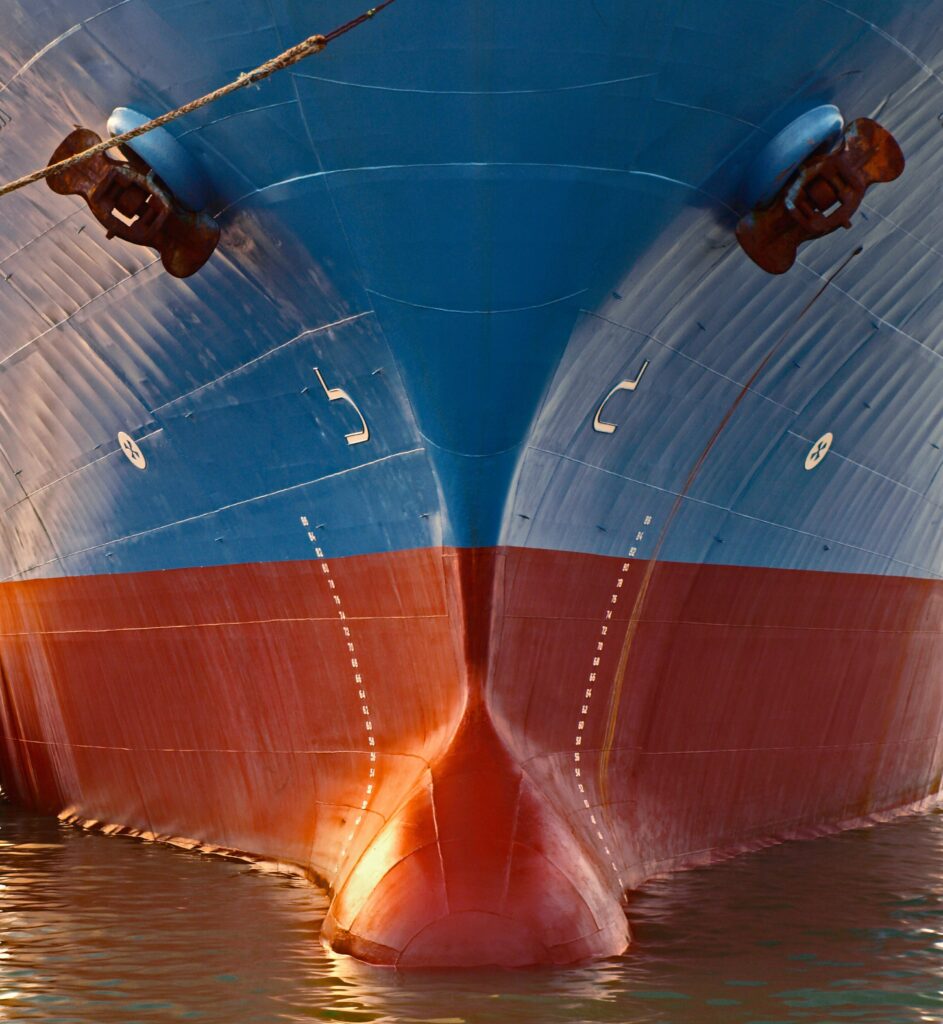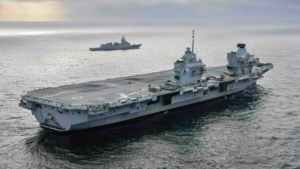In Focus: Regulations, technologies and sustainability in the marine coatings industry

In the maritime industry, the interplay between regulations, technologies and sustainability is crucial, particularly when it comes to selecting antifouling coatings for vessels, writes Davide Ippolito (director, solution management, marine) at Hempel.
These elements play a critical role in biofouling management and the development of high-performance coatings, taking into consideration their impact on energy efficiency, compliance and environmental sustainability.
Biofouling and sustainability
The importance of effective biofouling management cannot be overstated.
It not only enhances the energy efficiency of vessels by maintaining smooth and clean hulls, but also significantly reduces greenhouse gas emissions. Moreover, it acts as a crucial preventative measure against the spread of non-native aquatic species, preventing them from becoming invasive. As stated by the GEF-UNDP-IMO in 2022, antifouling coatings emerge as the foremost tool in the fight against fouling, making them essential for both commercial and pleasure boats.
For commercial vessels and leisure boats, including yachts and motorboats, biofouling management ensures compliance with biosecurity rules, making high-performance coatings with minimal cleaning requirements highly preferable.
Navigating the regulatory landscape
The regulatory landscape governing biofouling management is complex and evolving. The International Maritime Organisation (IMO) has been at the forefront, issuing rules and guidance for both commercial and leisure vessels. Notably, the IMO-AFS has addressed harmful substances like TBT (2008) and Cybutryne (2023), prohibiting their use in antifouling coatings.
The regulatory focus extends beyond invasive species to energy efficiency and greenhouse gas emissions governed by Marpol Annex VI. With more IMO guidance on biofouling management expected in the future, the entire industry faces stringent requirements.
The Carbon Intensity Indicator (CII) and advanced hull coatings
Introduced in November 2022, the CII serves as a vital operational efficiency indicator for vessels over 400 gross tonnes under Marpol Annex VI. A lower CII indicates more efficient ship for cargo transportation, contributing to the broader decarbonisation efforts in the shipping industry.
Advanced hull coatings, particularly silicone-based solutions, have emerged as key players in improving the CII rating. Recognised as a mature and available technology, these coatings offer substantial fuel savings and greenhouse gas reductions, aligning with the industry’s commitment to sustainability.
Impact of regulations on coating formulations
In Europe, the regulatory framework emphasises an aspiration for a toxic-free environment, which is driven by initiatives like the Green Deal and the Chemical Strategy for Sustainability. In key regions such as EU, USA and Korea, biocidal antifouling paints must undergo rigorous evaluation during registration processes, with a focus on minimising negative impacts on human health and the environment. Products that could result in unacceptable effects are not registered and not allowed for use.
Stringent regulation has resulted in the biocide toolbox for antifouling coatings shrinking globally.
Regulations such as the Biocidal Products Regulations (BPR) in the EU have restricted the use of certain products and substances. This trend reflects a broader shift towards environmentally conscious formulations.
High-performance marine coatings
To address the challenges posed by regulatory restrictions, the industry has embraced high-performance hull coatings as one of the single most impactful ways to improve the energy efficiency of a vessel. Hempel’s Hempaguard range of high-performance marine coatings for hulls is the only solution on the market offering unique silicone-hydrogel Actiguard technology, resulting in a smooth, low-friction surface that prevents organisms from attaching.
Actiguard technology incorporates a hydrogel-based silicone fouling release mechanism with five per cent of the level used in traditional premium antifoulings and controlled biocide release, ensuring both fuel efficiency and sustained antifouling performance. With an average fuel saving of up to eight per cent, these systems demonstrate the potential to enhance vessel performance without compromising environmental safety. Hempaguard keeps fouling at bay, even if vessels undergo extensive idle periods, change trading patterns or steam slowly, and provides extremely low average hull roughness.

In conclusion, the marine coatings industry finds itself at a critical juncture where regulations, advanced technologies and sustainability goals converge. The push for energy efficiency, reduced greenhouse gas emissions and a toxic-free environment align with the UN Sustainability Development Goals.
Advanced hull coatings, particularly high-performance silicone solutions, emerge as a practical and sustainable response to these challenges. As regulations continue to evolve, the industry’s commitment to high-performance coatings, coupled with proactive biofouling management, ensures a path towards a more sustainable and environmentally conscious future for maritime operations.











